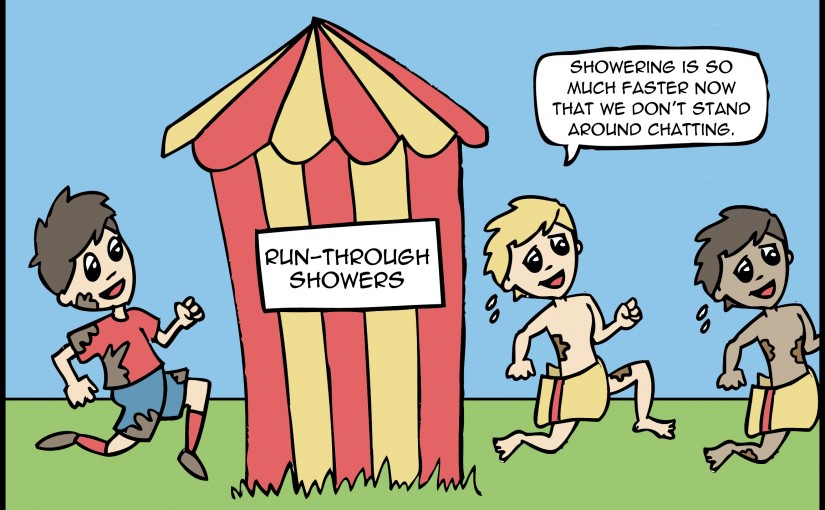As humans, we are eternal optimists. We assume when we make a plan that nothing will go wrong, and therefore, we don’t make allowances for error.
Always make sure you have additional time and resources to complete the procedure than you calculate is necessary.
See List of Occasions People Forget this Guideline
- Time allowance is consistently underestimated. Always allow yourself longer to do a task than you think you will need.
- People doing animal studies might be told they need 12 animals to make the study statistically robust. Using 12 would then fail to account for what happens if one of them dies, or if the variation is much greater than expected.
- Human studies should always follow the same principle. People can drop out or never turn up.
- If you have to deal with costs, then leave space in your budget for unexpected problems. Science is notoriously unpredictable.
- When using expensive (or even cheap) reagents, students often use just enough of it to completely screw everything up. This is an entirely false economy, as you will find out when you have to do the experiment again.
- When you are doing things in bulk make sure to add extra reagent or your last few samples might not receive the same volume of solution.
Get Practical Tips
- Take the time to actually calculate how much of something you will need and then add extra.
- Ethical and safety approval is something that frequently takes far longer than students think. Make sure you allow for this in your experimental plan.
Read Personal Perspective
When you’ve just spent £500-700 on a tiny tube containing 3-4μl of liquid, your immediate inclination is to use as little of it as possible and make it last. I’ve done this over and over… and over and over. Then I probably went home and ruined dinner by not adding enough oil to the pan.
I would add just enough liquid to cover my slides so as not to waste reagents. This was frequently a disaster. The surface tension broke, the liquid spilled, or the slide dried still untreated. I might as well have poured that expensive reagent down the drain.
Secondly, I also frequently forgot that pipettes are not magic calculation devices. They carry a degree of error, and frequently take up more liquid then they are supposed to. Not a lot, but when I had 20 samples all receiving reagent from the same volume, if I hadn’t made enough for 22 there wasn’t always enough to cover the last sample equally.
Have you made similar mistakes? Share your experiences or feelings about this guideline in the comments below, or just give it a thumbs up.
